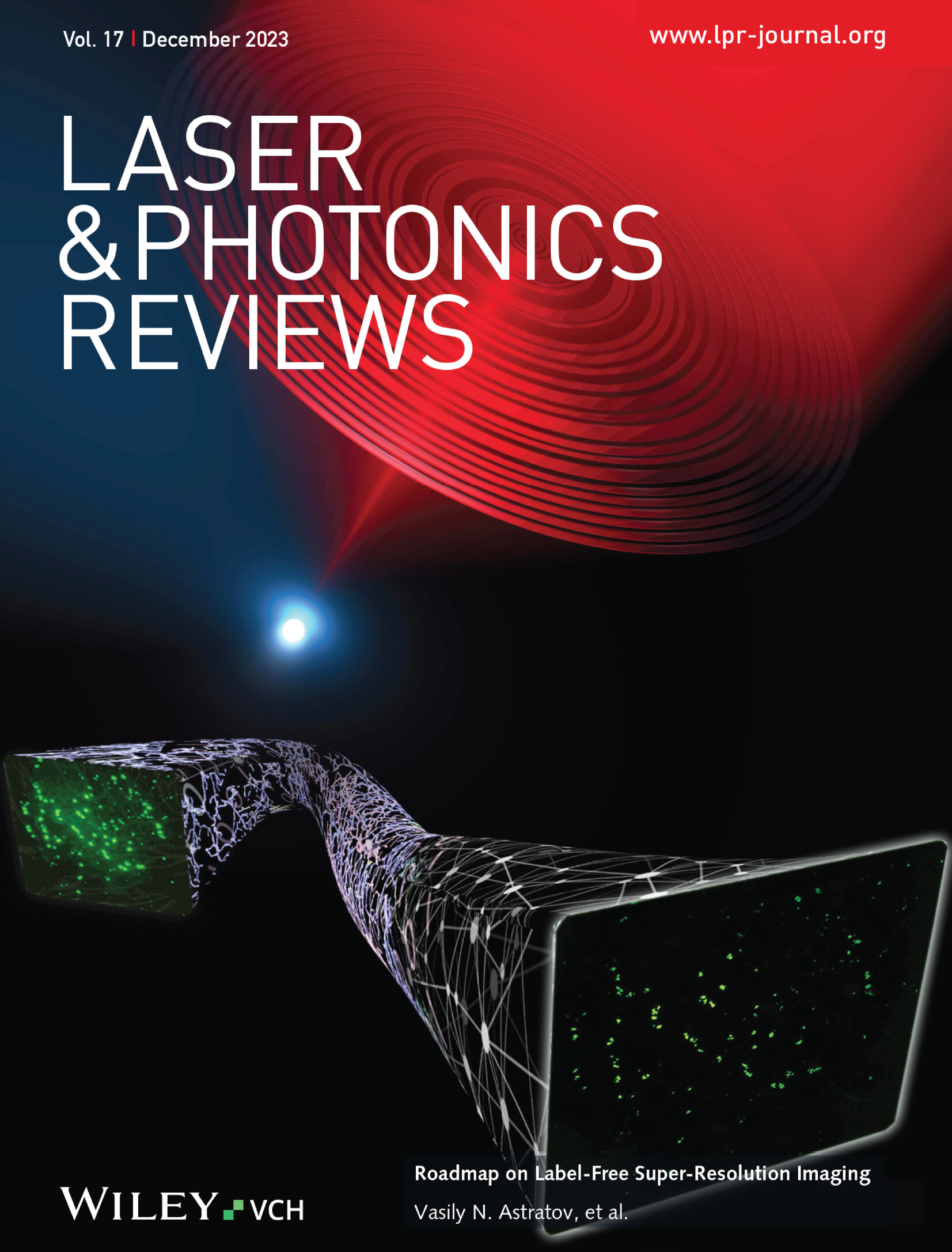A Novel Yellow Phosphor(Ba3Sc2(BO3)4: Eu2+) Suitable for Full‐Spectrum Lighting, Featuring Tunable Photoluminescence and Enhanced Luminous Thermal Stability
IF 9.8
1区 物理与天体物理
Q1 OPTICS
引用次数: 0
Abstract
Currently, the development of phosphors for full‐spectrum lighting is a prominent research area in the field of illumination. In this study, a novel and highly efficient yellow phosphor (Ba一种适用于全光谱照明的新型黄色荧光粉(Ba3Sc2(BO3)4: Eu2+),具有可调谐的光致发光和增强的发光热稳定性
目前,全光谱照明用荧光粉的开发是照明领域的一个重要研究方向。本研究首次采用高温固相法合成了一种新型高效黄色荧光粉(Ba3Sc2(BO3)4: Eu2+, BSBO: Eu2+)。该荧光体的激发光谱范围为225 ~ 480 nm,在365 nm处有一个峰值。发射光谱范围为450 ~ 720 nm,峰值在555 nm,半峰全宽为113 nm。BSBO: Eu2+表现出优异的量子效率(IQE = 94.3%, EQE = 33.3%)。通过阳离子取代可以调节发射光谱和发光颜色。用较小的Al和Ga离子取代部分Sc离子,显著提高了BSBO: Eu2+的热稳定性。为了说明其在全光谱照明中的实际应用潜力,BSBO: Eu2+与市售的蓝色和红色荧光粉相结合,产生了具有出色显色指数(Ra) 94.4%和相关色温(CCT) 3865 K的WLED暖光源。这些结果突出了BSBO: Eu2+在全光谱照明应用中的巨大潜力。
本文章由计算机程序翻译,如有差异,请以英文原文为准。
求助全文
约1分钟内获得全文
求助全文
来源期刊
CiteScore
14.20
自引率
5.50%
发文量
314
审稿时长
2 months
期刊介绍:
Laser & Photonics Reviews is a reputable journal that publishes high-quality Reviews, original Research Articles, and Perspectives in the field of photonics and optics. It covers both theoretical and experimental aspects, including recent groundbreaking research, specific advancements, and innovative applications.
As evidence of its impact and recognition, Laser & Photonics Reviews boasts a remarkable 2022 Impact Factor of 11.0, according to the Journal Citation Reports from Clarivate Analytics (2023). Moreover, it holds impressive rankings in the InCites Journal Citation Reports: in 2021, it was ranked 6th out of 101 in the field of Optics, 15th out of 161 in Applied Physics, and 12th out of 69 in Condensed Matter Physics.
The journal uses the ISSN numbers 1863-8880 for print and 1863-8899 for online publications.

 求助内容:
求助内容: 应助结果提醒方式:
应助结果提醒方式:


